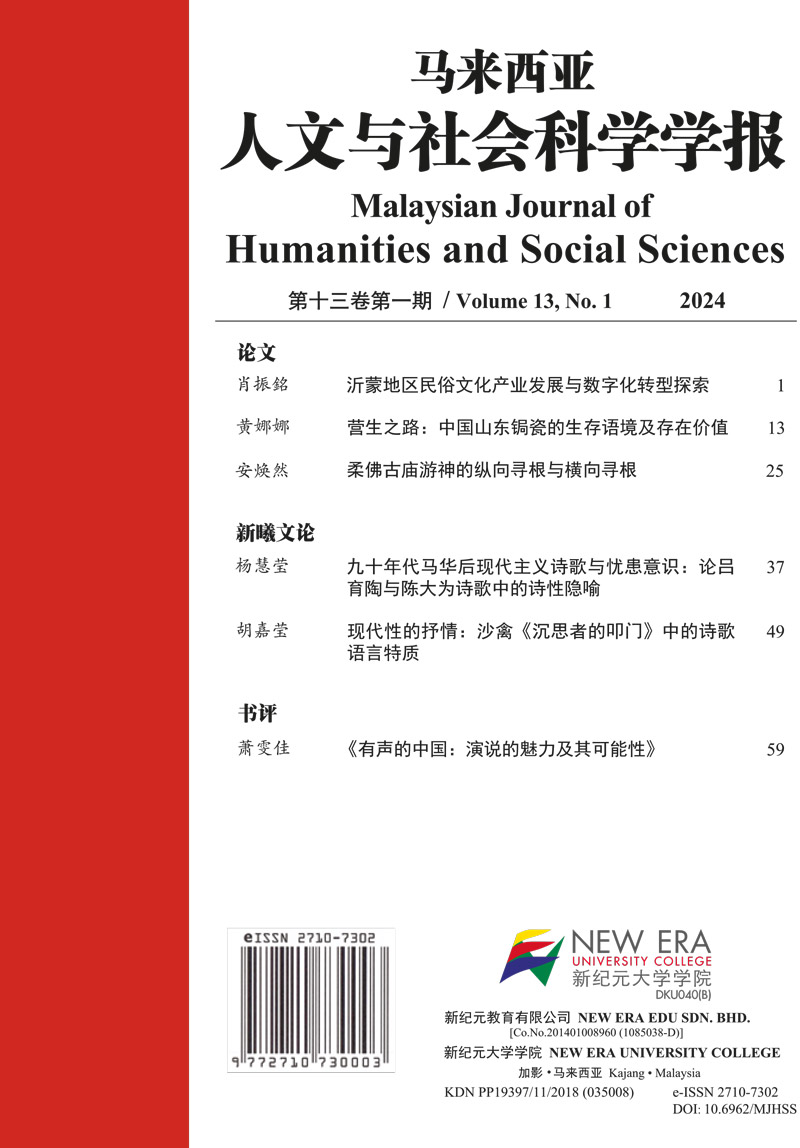柔佛占庙游神的纵向寻根与横向寻根 Horizontal and Vertical Exploration of Johor Chingay Parade
Keywords:
新山、柔佛古庙、游神、华人研究方法, Johor Bahru, Johor Ancient Temple, Chingay Parade, Chinese research methodsAbstract
探视柔佛古庙游神及其演变,既要着力千本土的“横向寻根“新史料的广泛搜索,也应“纵向寻根”到其中国祖籍地潮州做田野考察,由此方能更为透视柔佛古庙游神的“潮州渊源”。并在新马本土与中国潮州的对比中,了解这种源自潮州“营大老爷”的游神民俗如何在新山华社扎根及其在地化演变。而在“横向寻根”方面,新史料的挖掘很重要。其中对旧报章的深度和广度搜索柔佛古庙游神新闻,以时间罗列,整理相关旧报章报导,概览和细腻的重新检视,会有更动态的历史透视。把战前新马不同语文的报章报导拼合对照,亦能更深入探析当时柔佛古庙游神的实际样貌。
The study of the Johor Chingay Parade and its evolution requires a comprehensive approach that involves both extensive horizontal roots seeking by new historical sources within the local context and vertical exploration through field research in the ancestral homeland, which is Chaozhou (Teochew) in China. This dual approach provides a clearer understanding of the Teochew origins of the Johor Chingay Parade. By comparing local practices in Malaysia and Singapore with those in Chaozhou, China, better understanding of how the "Ya Dua Lao Ya (Teochew Pronunciation for Chingay Parade)", originated from Chaozhou, took root and localized within the Malaysian Chinese communities in Johor Bahru can be achieved. In terms of horizontal exploration, the discovery of new historical materials is crucial. This includes an in-depth and comprehensive search of old newspaper articles on the Johor Chingay Parade, arranging them chronologically, and systematically reviewing the reports. Such a method will offer a more dynamic historical perspective. Additionally, by comparing and contrasting pre-war newspaper reports in different languages from Malaysia and Singapore, a deeper analysis of the actual historical appearance of the Johor Chingay Parade can also be achieved.




